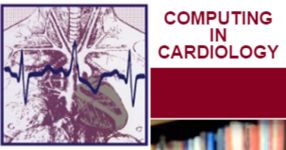Palacongressi, new frontiers in bioengineering and cardiology
A new and important medical-scientific event is set to arrive at the Palacongressi di Rimini. For four days in September 2020, Rimini will transform into the world capital of research and innovation in biomedical technologies dedicated to the body's greatest organ: the heart. The 47th edition of CinC Computing in Cardiology, will attract to the capital of the Riviera Romagnola, over 400 bioengineers, researchers, physicians and specialists in the field of cardiology. CinC is, in fact, the annual forum which gathers under the one roof scientists and professionals in the fields of medicine, physics, engineering and computer science, to discuss research, innovation and the use of technologies in clinical cardiology and cardiovascular physiology.
This time round the Italian bid, clinched by Rimini last month in Vancouver, was organised and presented by, bioengineering researchers and engineers of the Alma Mater University of Bologna (the “Guglielmo Marconi” faculty of Electrical, Electronic and Information Engineering), Stefano Severi and Cristiana Corsi. The latter is also a member of CinC's international board.
“The main feature of the meeting is that of being a place where those carrying out basic research, can exchange views with those who must transform results into technological instruments, and with specialists who consequently use these tools in the treatment and prevention of heart diseases - explains Stefano Severi – by now it is common place for all individuals to work in close collaboration with one another, or as a single team, and Italy is also moving in this direction”.
“Bioengineering also operates at grass roots level, focusing on research with the aim of increasing our knowledge of the heart's mechanism. In the Bologna University laboratory, located in Cesena, we are working on a virtual model of the heart that reproduces its functions. Soon we will be able to study its behaviour, reactions to stress and the onset of disease. In particular, we want to build a model of the mechanisms responsible for the excitation and the contraction of cardiomyocytes in physiological and pathological conditions. In this way, we will acquire essential information as regards diagnosis", continues Stefano Severi.

